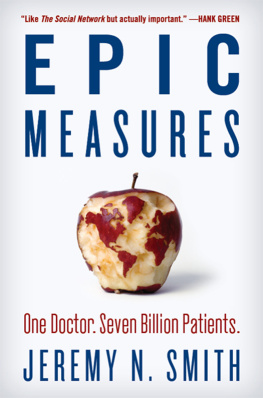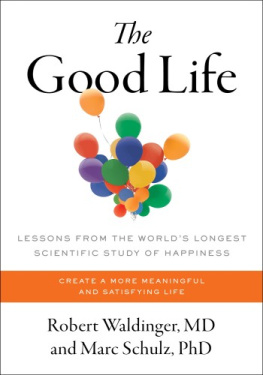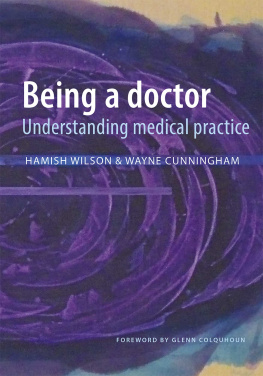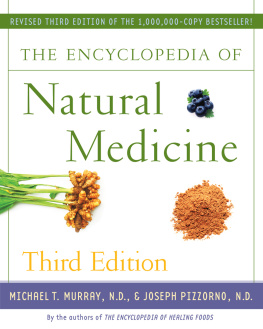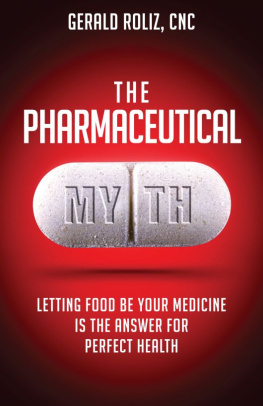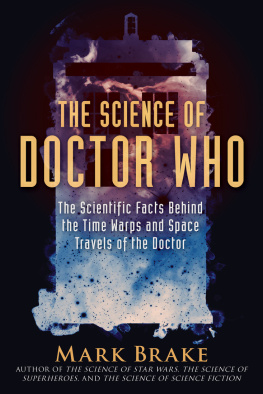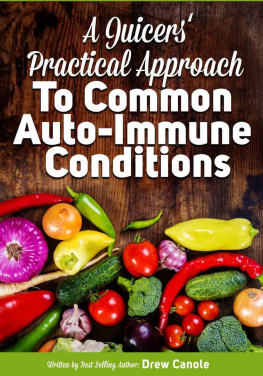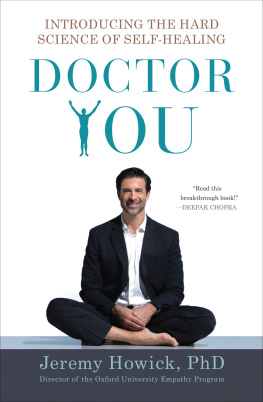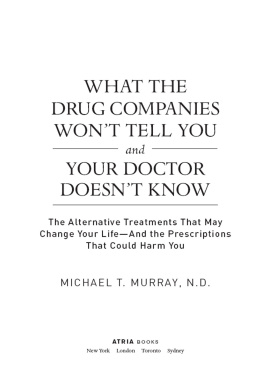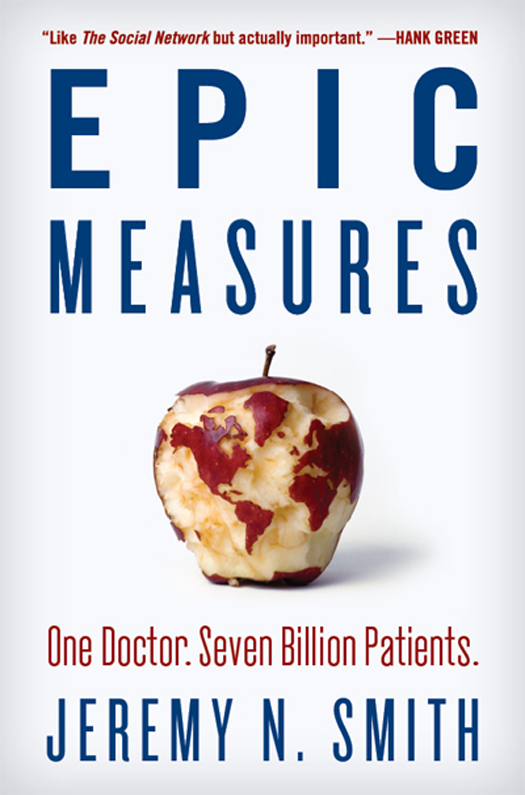To Crissie McMullan and Jane Smith
&
To John Benson and the study group
He who conceals his disease cannot expect to be cured.
ETHIOPIAN PROVERB
CONTENTS
- INTRODUCTION
Counting Everything When Everything Counts - CHAPTER ONE
Murray, Murray, Murray, and Murray - CHAPTER TWO
The Third World and the Nerd World - CHAPTER THREE
How to Die with Statistics - CHAPTER FOUR
Missing Persons - CHAPTER FIVE
The Big Picture - CHAPTER SIX
A Global Checkup - CHAPTER SEVEN
Home and Away - CHAPTER EIGHT
Taking on the World - CHAPTER NINE
No Ones Sick in North Korea - CHAPTER TEN
Racing Stripes - CHAPTER ELEVEN
Dinner with Bill - CHAPTER TWELVE
Risky Business - CHAPTER THIRTEEN
Missionaries and Converts - CHAPTER FOURTEEN
Dress Rehearsal - CHAPTER FIFTEEN
Learning to Swim in the Ocean - CHAPTER SIXTEEN
London Calling - CHAPTER SEVENTEEN
Epic Squared - CHAPTER EIGHTEEN
From Galileo to Chris Murray - AFTERWORD
How to Live a Longer and Healthier Life According to the Global Burden of Disease
Guide
What you dont know can kill youA genius and a madmanThe human side of scientific revolutions.
W e are told we live in the age of Big Data. From hedge funds to Internet search algorithms to baseball sabermetrics, numerical analysison an unprecedented scaleguides more and more of our decisions. As I write, you can pay $99 for a personalized genome service23andmethat uses a saliva sample to provide one million points of data from your DNA, to tell you about your ancestry and warn you about your propensity for certain diseases (though the health warnings have been suspended by directive of the United States Food and Drug Administration). Another $99 and you can buy a wearable device like the Fitbit, which tracks your every moveeven how well you sleep.
But basic information about what actually kills people and makes them sick is trickier to tabulate. In 2010, approximately 53 million people died worldwide, and, for all but a fraction, no one knows definitively why. In 147 of 192 countries, reliable death certificatesoften any death certificatesdont exist, and, even in rich nations, health records have many missing pieces. Consider these basic questions: In the United States, one of the wealthiest countries in the world, does life expectancy vary depending on where you live? How different are the causes of illness and injury for men and women? Do Americans spend more time suffering from job-related accidents or outdoor air pollution, from drug abuse or not eating enough fruit? Incredibly, no one has really known. And yet efforts to help everyone in danger are stymied if we dont know who is getting sick and dying, and why.
Health, to date, has generally been counted in two crude ways: length of life and cause of death. These measures are very poor reflections of how we all actually livemere epitaphs, not biographies. If you are anemic, arthritic, deprived of sight, or depressed, you are very far from perfect health, but you may live just as long as other people, and something else will likely kill you. That no one dies from a migraine doesnt mean headaches dont have consequences. That there are no pink ribbons for low back pain doesnt mean it doesnt hurt and cost days at work. Chronic conditions like these drive a huge and growing proportion of private and public health spendingand, of course, of human suffering. If we want to improve how we live as well as how we die, we need to know the full measure of our diseases and disabilitieswhat doesnt kill us as well as what does.
Ignorance is expensive. Between 1990 and 2010, international development assistance for healthmedical aid moneymore than quintupled from $5.8 billion to $29.4 billion a year. And thats minuscule compared with what countries and individuals spend on themselves. At last count, annual total health spending worldwide was $7 trillion10 percent of the global economy and growing. But is that money being spent on the health threats that really cause the most suffering, or only on what seem to be our worst problems? Are billions of lives at risk and trillions of dollars being wasted because of priorities based on faulty information?
Everyone wants the world to move in a healthier direction. But what we need is a map. And if no accurate, sufficiently extensive map exists, someone needs to create one.
T his book is the story of a huge independent effort, years in preparation, to do nothing less than chart everything that threatens the health of everyone on Earth, and make that information publicly available to doctors, health officials, political leaders, and private citizens everywhere. The quest has engrossed the time and talent of thousands of people around the world, from computer programmers to village interviewers. Chris Murray, the originator and now leader of the project, has been called a genius and a madman: a Harvard-trained physician who no longer practices medicine but is trying to treat the worlds 7 billion people, an Oxford-educated economist who doesnt follow the stock market but is believed by some to hold the key to one of the largest segments of the international economy. You might also say he is a very smart guy who has found a way to channel an obsession with detail, a prodigious appetite for hard work, and an unusual kind of global compassion into the monumental task of surveying, comparing, and combating all the illness and injury, fatal and disabling, that burdens each and every human being. That is the studys name, in fact: the Global Burden of Disease.
Global Burden is a concept, a quantity, and an ongoing projecta comprehensive, comparable measure of almost everything wrong with everyone everywhere. Its numbers can be broken down by person, place, ailment, and consequencewhat kills us, what makes us sick, and what shortens our pain-free years of life. It can identify the probable top killers of newborn children in Angola or of middle-aged men in the United States, the worst causes of pain and suffering for teenagers in Egypt or for elderly French women, and the global toll of everything from asthma to suicide to chronic neck pain. It is not a static document, but an evolving report, in ever greater detail, that has already released a trove of more than 650 million results. These may provide more powerful ammunition in the fight against unnecessary suffering and needless death than any other invention in the history of public health. The basic principles of a medical practitioner apply to the 7 billion as well as to the individual patient. First, diagnose. Then prescribe.
What are the worlds health problems? Who do they hurt? How much? Where? Why? Forget what you think you know. With a truly all-encompassing view of life and death, we can see for the first time if Europe is healthier than America, or Iowa than Ohio, or you than your neighbor. And then in what ways. And how people are responding, with specific details everyone else around the world can try to emulate.
The question then becomes not what stops us from living better, but how far and how fast are we willing to improve?
I first met Chris Murray in January 2012. The project he described was one of the largest scientific exercises ever attempted. It was as complex and controversial as the first moon landing or the Human Genome Project. It was extremely expensive, insanely ambitiousand almost done.

